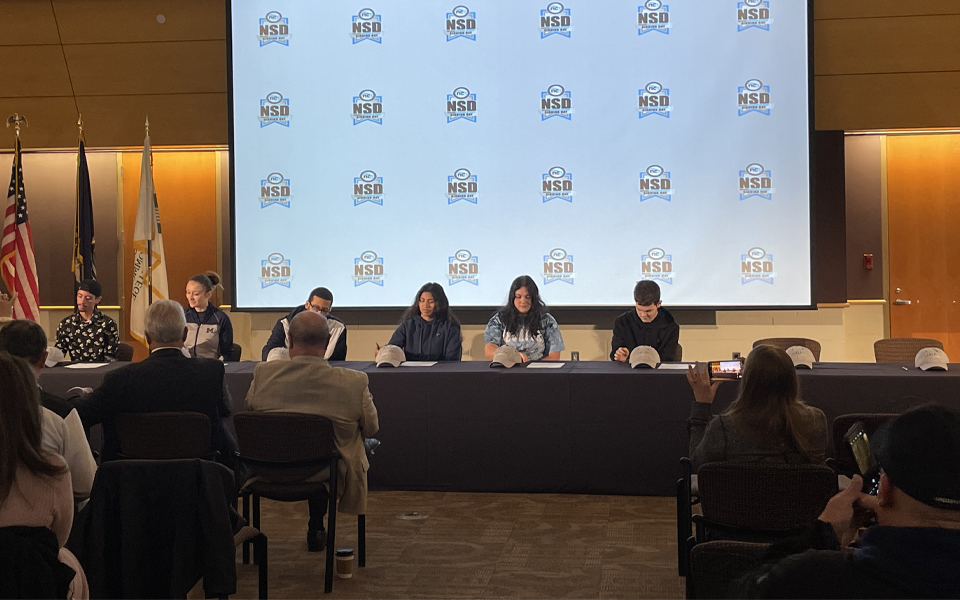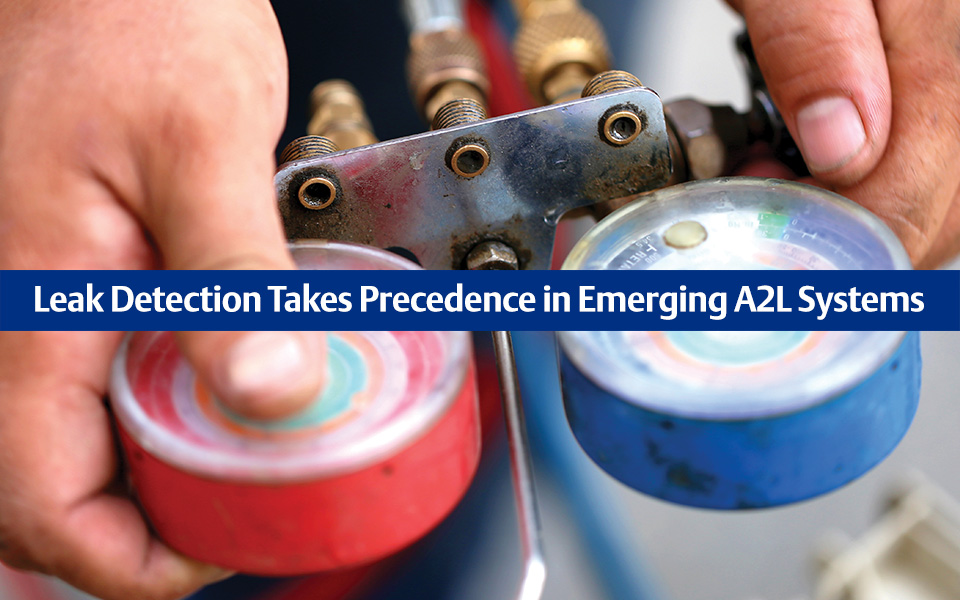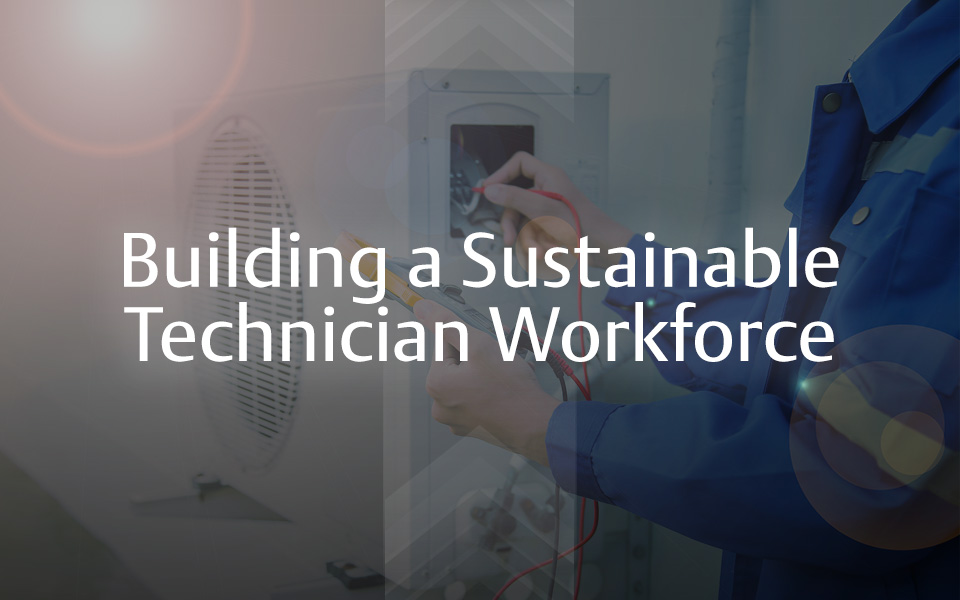10 takeaways from 10 years of GreenChill data

The Environmental Protection Agency’s (EPA’s) GreenChill Advanced Refrigeration Partnership recently completed a 10-year study examining supermarket data trends. In our latest E360 webinar, Tom Land, manager of the program, presented these findings from GreenChill’s unique perceptive. View the webinar in its entirety or read the summary below.

For more than a decade, the GreenChill program has worked with supermarket retailers across the country to promote the use of “greener” refrigeration systems in their stores. While our industry is in the early phases of transitioning to more sustainable refrigeration, GreenChill partner companies are at the forefront of this movement. The number of retailers participating has increased significantly since the program’s inception, and the data Tom discussed at the webinar provides a road map for other companies as they formalize their own sustainability initiatives.
Let’s look at 10 takeaways from the recent webinar.
- GreenChill partnership on the rise — in 2007, just more than 4,000 stores were GreenChill partners; today, that number exceeds 11,000 stores.
- Partner refrigerant emissions remain low —among the growing number of participating GreenChill partner stores, emissions have been held to a minimum. This is in large part due to the program’s emphasis on reducing refrigerant leaks and system charges.
- Refrigerant charges are declining —the average amount of refrigerants used in participating stores has declined steadily since 2007, even as the number of stores increases.
- Pounds per store leaks are dropping — in 2007, partner stores emitted more than 390 pounds per store every year; today, 290 pounds is average.
- Leak rates well below industry averages — on average, GreenChill partners have a leak rate of 13.9 percent, well below the industry average of 25 percent. Twelve of the partners have achieved a leak rate below 10 percent.
- One-fifth still use R-22— although R-22 use is on the decline overall, 20 percent of commercial refrigeration systems continue to use it.
- Low-GWP refrigerants on the uptake— R-407A accounts for 20 percent of partner-installed refrigerants; installations with refrigerants less than 1,420 GWP now account for nearly 3 percent of all partner-installed refrigerants, with R-448A accounting for much of this growth.
- CO2installations increase — installations of CO2 secondary loop, cascade and transcritical booster systems among partners continue to rise, with more than 12 partners exceeding a combined total of 160,000 pounds of installed R-744.
- Growth of GreenChill certifications— in 2009, fewer than 25 stores achieved GreenChill Gold and Silver certifications; today more than 360 stores have achieved Platinum, Gold and Silver certifications and re-certifications.
- California leads certification —among those states with GreenChill-certified stores, California leads the country with 151 stores. The next closest state is Florida with 45 stores.
Over the past decade, Emerson has worked with a variety of GreenChill partners to meet their sustainability objectives, utilizing leading low-GWP refrigerant alternatives and energy-efficiency strategies. If you’re interested in transitioning to a greener refrigeration system, we’re here to help you develop a strategy that meets your long-term goals.

How NC3 Signing Day and Advanced Certification Programs are Helping the Next Generation of HVACR Tradespeople
by Lenny Diaddario | Education & Training, HVACR Industry & Tech Tips
When a college sports fanatic hears the words “signing day,” they envision tables piled with hats...

Leak Detection Takes Precedence in Emerging A2L Systems
by Denise Hoying | HVACR Industry & Tech Tips
Refrigerant leak detection is considered a fundamental component and best practice in commercial...

Join Emerson and NASRC for Free CO2 Training
by Andre Patenaude | Tech Tips
Service technicians are at the front lines of the refrigerant transition in HVACR. As part of our...
The post 10 Takeaways From 10 Years of GreenChill Data appeared first on Copeland E360 Blog.